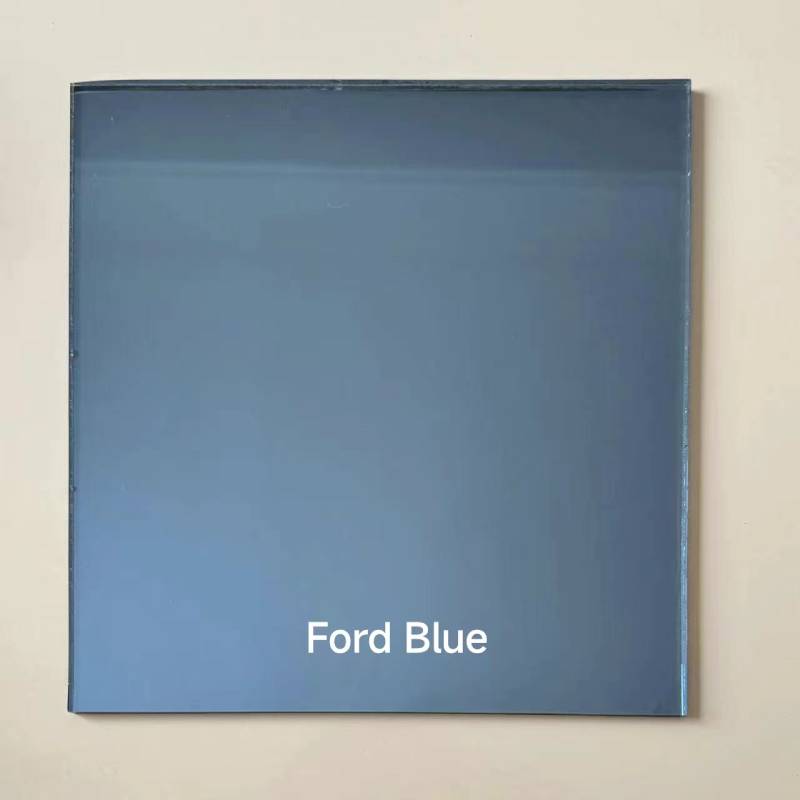

Single Pyrolytic Low-E Glass A Comprehensive Overview
In the modern architectural and construction landscape, energy efficiency is becoming increasingly pivotal. Among the various innovations that have emerged to enhance energy conservation in buildings, single pyrolytic low-emissivity (Low-E) glass stands out as a prominent solution. This article delves into the properties, advantages, applications, and future prospects of single pyrolytic Low-E glass.
Understanding Single Pyrolytic Low-E Glass
Low-E glass is a type of energy-efficient glass that is designed to minimize the amount of ultraviolet (UV) and infrared radiation that can pass through it without compromising the amount of visible light that comes in. The low-emissivity refers to its ability to reflect thermal radiation, thereby keeping indoor environments comfortable while reducing energy consumption.
Single pyrolytic Low-E glass is manufactured using a pyrolytic coating process, where a thin layer of metallic oxide is applied to the glass surface. This method involves heating glass to a high temperature, allowing the coating to bond to the glass in a durable manner. This process results in a glass that offers enhanced performance, as the coating is permanent and resistant to environmental elements.
Benefits of Single Pyrolytic Low-E Glass
1. Energy Efficiency The primary advantage of single pyrolytic Low-E glass is its ability to improve energy efficiency in buildings. By reflecting infrared radiation, it helps in maintaining a consistent indoor temperature, reducing the need for heating and cooling systems, and ultimately leading to lower energy bills.
2. UV Protection This type of glass also offers a significant advantage in terms of UV protection. By blocking a substantial portion of UV radiation, it helps prevent fading and damage to furnishings, flooring, and artwork inside buildings.
3. Glare Reduction Single pyrolytic Low-E glass minimizes glare from sunlight, which is particularly beneficial in office spaces and homes with a lot of natural light. This feature enhances visual comfort without sacrificing the aesthetic appeal of large glass panels.

4. Environmentally Friendly The energy savings achieved by using this glass not only benefit consumers but also contribute to a decrease in overall carbon emissions. Utilizing energy-efficient materials helps align with global efforts to promote sustainability in construction.
Applications
Single pyrolytic Low-E glass is versatile and can be employed in numerous applications. Its use is prevalent in residential buildings, commercial properties, and institutional structures. Architects and builders favor this glass for windows, curtain walls, and storefronts, facilitating the seamless integration of natural light while ensuring energy efficiency.
Moreover, it is particularly effective in climates where thermal performance is crucial. In colder regions, it helps in retaining heat within, while in warmer climates, it cuts down on solar heat gain.
Future Prospects
As the demand for energy-efficient building materials grows, the market for single pyrolytic Low-E glass is expected to expand. Innovations in coating technology are anticipated to enhance performance even further, leading to the development of triple Low-E glass systems that provide superior energy efficiency.
Additionally, with increased consumer awareness regarding sustainability and green building certifications, there is a rising interest in employing Low-E glass in both new construction and renovation projects. The building code regulations are progressively becoming more stringent, which will likely bolster the adoption of Low-E glass as standard practice in the industry.
Conclusion
In summary, single pyrolytic Low-E glass represents a significant advancement in building materials aimed at improving energy efficiency and comfort. Its myriad benefits—from energy savings and UV protection to glare reduction—make it a critical component in contemporary architecture. As technology progresses and sustainability becomes even more crucial, the role of single pyrolytic Low-E glass in the building industry will only continue to grow. Embracing such innovations is essential for developing sustainable environments that cater to the needs of both occupants and the planet.